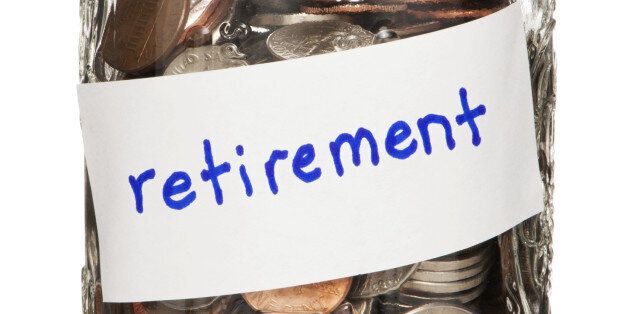
Younger generation may be better to opt for a Tax Free Savings Account
For most people, the season is winter. But for banks and other financial institutions, it is Registered Retirement Saving Plan (RRSP) season. You can expect to be deluged with various marketing messages about making a contribution to save for your retirement. It sounds appealing -- put a little money away every month or once a year and be set when it comes to retirement.
But the RRSP was conceived at a time when employment was different. The usual life plan was to get an education and then get a job or career. Employers paid salaried staff and a lot of people spent their entire working life at one employer. Some companies even had pension plans so RRSP savings were not always a priority.
That is not the reality now. The younger generation does not have the same kind of job security and employers are hiring more people on contract. Some people will choose to start their own businesses instead of being employees. Workplace pension plans are almost extinct. Now it would seem that saving for your retirement is up to you.
RRSPs used to be the only option to save for retirement. The idea was you could put money in a registered fund where it could grow tax-free until you retired. It was designed so you could contribute money when your income was high and withdraw it later in life when your income dropped. The money you withdraw is taxed at a lower rate since you will probably be earning less in retirement.
RRSPs are really a tax deferral program. And the perceived tax savings come when you claim your RRSP contributions. You deduct your contributions for the year directly from your net income so it results in tax savings.
While an RRSP contribution can often turn into a tax refund, it is usually not as much as you think. The actual amount will depend on your marginal tax rate but you may want to use a tax software program like TurboTax or SimpleTax to play with the numbers. These programs will let you enter numbers into your return so you can see how a larger RRSP contribution will impact your refund.
Do not make the mistake of thinking that a $5,000 RRSP contribution will lead to a $5,000 tax refund especially if you are planning to take an RRSP loan. If you are taking a loan, make sure you do the math to be sure benefits will offset the interest you pay. Interest on investment loans for registered accounts is not tax deductible.
Your RRSP contribution limit is determined using a percentage of your earned income and you are allowed to carry your unused amount forward. But if you withdraw money from your RRSP early, you lose the tax deferral benefits and the contribution room. And it is considered income in the year you withdraw the money.
The Tax Free Savings Account (TFSA) was introduced in 2009 and while it does not lead to a tax refund, it provides more flexibility. You can withdraw money from your TFSA without tax implications or losing your contribution room but you cannot go over your contribution limit or you will be penalized. You are allowed to carry forward your unused TFSA contribution limits to use in future years.
If you were eligible to open an account in 2009 but didn't make any TFSA contributions, your limit at the end of 2015 was $41,000. The contribution limit for 2016 is $5,500 and will be indexed every year going forward.
TFSAs do not have to be standard savings accounts. There are Canadians who have six figure TFSAs because they are pursuing more aggressive investing choices. Any income your TFSA earns is tax-free so it is not reported on your tax return. But with more risk, there is also the possibility your account will lose value and TFSA losses -- like RRSP losses -- are not deductible.
TFSAs have provided another option for Canadians and their retirement. Depending on your situation and age, you may want to look at a combination of RRSPs and TFSAs to be part of your life and retirement planning. RRSPs can still be a good choice but make sure you understand how you are taxed on the money.
And if you have U.S. tax filing obligations, things get more complicated. RRSPs and TFSAs do not share the same tax advantages under the U.S. rules and the investments have to be reported. There are ways to make it more tax friendly but make sure you get the right advice.
Retirement may seem like a distant goal but even small monthly contributions earlier should pay off over the longer term. But don't build your plan based on what your friends are planning to do or because you get a tax refund. Take the time to understand your investments and choose the right path for you. Your parents may have RRSPs but there may be better options for you.
Follow HuffPost Canada Blogs on Facebook
ALSO ON HUFFPOST:
